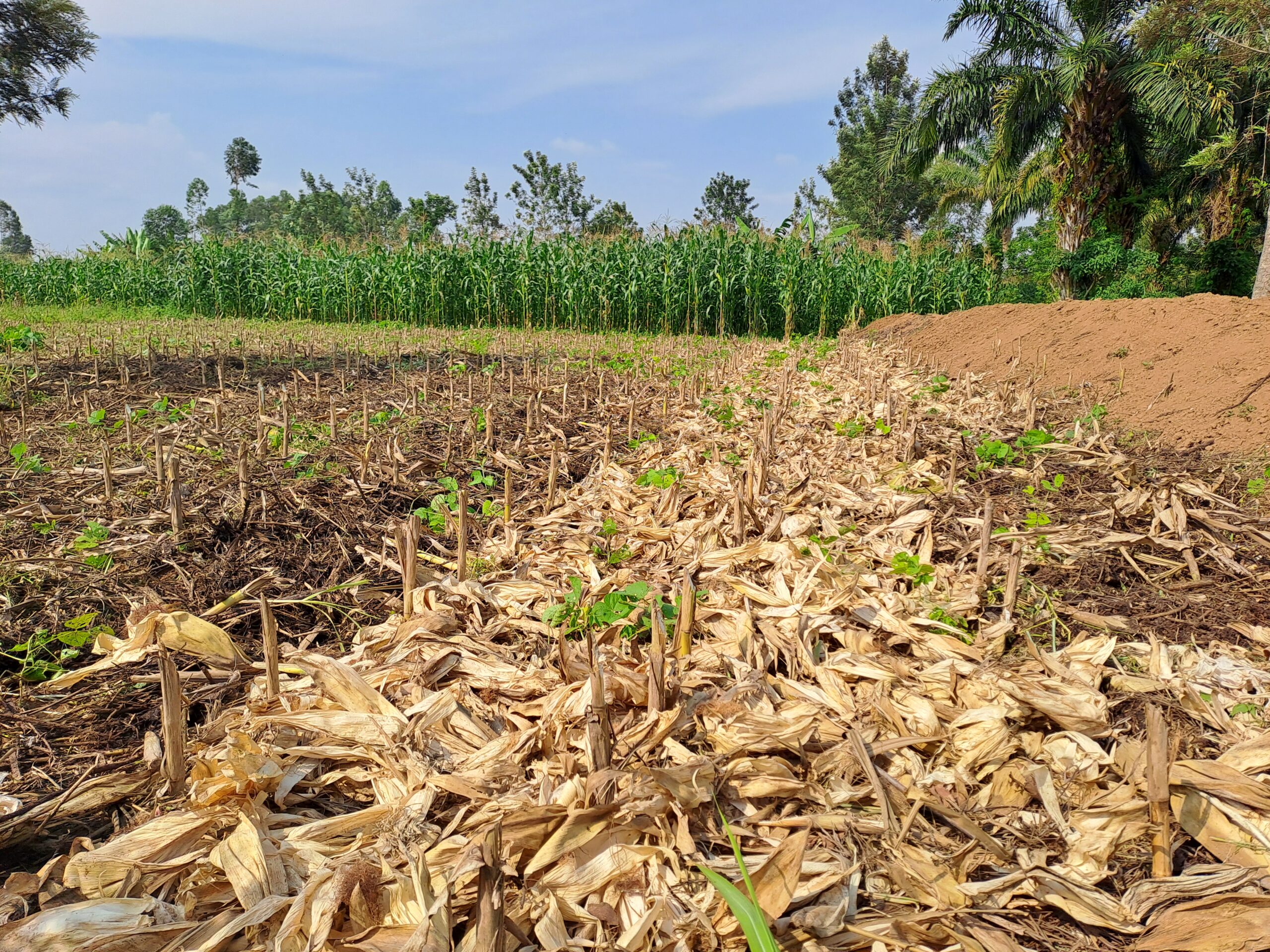desplazamiento

The carbon removal industry has spent the better part of a decade proving concepts in expensive Northern facilities. Direct air capture plants in Iceland, biochar trials in California, enhanced weathering experiments across European farmland, all informative, trailblazing and very much needed. But the path to gigaton-scale deployment does not run through the same geographies that pioneered the pilots. It runs through the Global South.
This is about economics, geography, physics, and the brutal arithmetic of meeting mid-century climate targets. The world needs 7-9 gigatonnes of CO₂ removed annually by 2050 to stay within the 1.5°C Paris Agreement threshold. Current capacity sits at roughly 2.1 gigatonnes, delivered mostly through conventional methods that cannot scale at the speed or cost required. Bridging that gap means deploying solutions where conditions are most favorable, costs are lowest, and co-benefits are greatest. Across every carbon removal pathway, nature-based, hybrid, and engineered the strategic advantage lies in the Global South.
Start with energy. Carbon removal is fundamentally an energy game. Whether powering direct air capture facilities that scrub CO₂ from ambient air or processing biomass into biochar, abundant affordable electricity changes the economics entirely. Solar power is now 41% cheaper and wind 53% cheaper than the lowest-cost fossil fuel globally. The Global South holds 70% of the world’s renewable energy potential, with Africa alone home to 39% of global solar and wind resources, more than any other continent. In 2024, clean energy sources outpaced fossil fuels by 7-to-1 in Global South electricity capital investment.
That cost advantage compounds across every aspect of operations: energy for capture, energy for compression, energy for storage. When your largest operating expense drops by 75%, the business case transforms immediately. But renewable energy is just the opening advantage. The Global South has key advantages across the entire CDR spectrum:
Nature-based solutions accelerate in tropical climates. Enhanced rock weathering relies on chemical reactions that speed up at higher temperatures, basic physics that gives the Global South a structural edge. The same principle applies to biochar, which can boost crop yields up to 61% while sequestering carbon for centuries. Mangrove restoration in Southeast Asia alone offers 770 million tonnes of CO₂-equivalent mitigation potential annually, combining biodiversity protection with carbon storage and coastal resilience.
Agricultural integration turns burden into opportunity. Improving land management practices enhances soil health and agricultural productivity while removing carbon. For regions where agriculture employs a majority of the labor force, such as Kenay and India, this is not an additional cost center—it is economic development with climate co-benefits. By turning regenerative practices into a revenue stream, soil carbon projects reward stewardship and strengthen rural economies making it scalable and economically viable for farmers who see seasonal yield improvements alongside long-term carbon revenues.
Land and labor economics shift the cost curve. The Global South has 822 million more hectares of available land than the North, making land more available and accessible in the Global South. Improving land management practices to draw down carbon is cost-effective and ready to deploy. Labor costs for deployment and monitoring are more affordable without compromising quality. Material costs such as biomass feedstocks benefit from proximity to mining operations and agricultural waste streams, reducing transportation expenses and supply chain complexity.
These are not marginal advantages. They are structural conditions that determine whether carbon removal can scale at gigatonne levels or remain trapped at pilot scale with costs that few can afford.
The structural advantages are real, but unlocking them requires confronting three critical gaps: finance, technology transfer, and trust. Each has proven difficult. Each is solvable.
Finance: Global projected investment requirement for climate action is around $6.3- 6.7 trillion per year by 2030, of which $2.7–2.8 trillion is in advanced economies, $1.3-$1.4 trillion in China, and $2.3–2.5 trillion in emerging and developing economies. Yet only 15% of global climate finance reaches emerging markets. This imbalance is not just inequitable, it is strategically irrational when the highest-return CDR opportunities sit in regions that cannot access capital.
Policy frameworks are beginning to shift this dynamic. Advance market commitments can de-risk private investment by guaranteeing future demand for high-quality carbon removals at predictable prices. Blended finance structures can use public or philanthropic capital to absorb first-loss risk and catalyze private flows at scale. Major development banks have pledged $50 billion through 2030 for African energy infrastructure, a model that can extend to CDR with the right policy frameworks and procurement strategies.
The regulatory landscape is evolving rapidly to support this transition. The Integrity Council for the Voluntary Carbon Market (ICVCM) has established Core Carbon Principles that apply globally, creating standards that enable Global South projects to compete on quality rather than price alone. Article 6 of the Paris Agreement is beginning to operationalize international carbon markets with clearer accounting rules, while countries like Singapore are integrating voluntary carbon credits into compliance frameworks. These developments provide the governance infrastructure that buyers need to invest confidently and that developing nations need to attract capital at scale. As national registries strengthen and bilateral agreements multiply, the policy environment is creating the conditions for a truly global carbon removal market, one where projects are evaluated on integrity and impact rather than geography.
Technology transfer: The track record shows significant room for improvement. Under the Kyoto Protocol’s Clean Development Mechanism, an early framework for channeling climate investment from developed to developing nations, less than half of registered projects involved genuine knowledge transfer. Funding distribution remained heavily concentrated rather than reaching regions with greatest need. True transfer is not about selling equipment or licensing patents. It means building local capacity to innovate, adapt, and maintain systems without perpetual dependence on external expertise or supply chains.
Several pathways show promise. Two examples are open-source biochar technologies and research partnerships focused on training local scientists. The goal is not replication, it is enabling innovation that responds to local conditions rather than importing solutions designed for entirely different contexts.
Trust: Building trust in carbon removal projects requires moving beyond commitments on paper to practices that deliver tangible benefits to communities. The difference between projects that scale successfully and those that stall often comes down to how value and decision-making power are distributed from the outset.
Effective projects ensure carbon revenues flow directly to farmers, landowners, communities or true resource owners through transparent benefit-sharing agreements. They invest in local capacity from day one, training technicians to operate MRV systems, employing regional staff in management roles, and building supply chains that create jobs beyond initial implementation. When a soil carbon sequestration project sources locally, employs community members to lead, and provides agricultural extension services that improve yields independent of carbon revenues, it creates resilience that survives market volatility.
High-integrity projects cannot prioritize being the cheapest option. Robust MRV, fair compensation, and genuine capacity-building cost money. Buyers who chase the lowest-cost tonne while cutting corners on governance are not building a sustainable market, they are creating conditions for project failure and reputational risk. Quality carbon removal requires investing in the social infrastructure that makes projects durable, not just the technical infrastructure that captures carbon.
The next gigaton of CDR will be built by communities closest to both the problem and the solution—from millions of hectares under improved land management in India to biochar integrated into Brazil’s sugarcane value chain, mangrove restoration along Indonesia’s coasts, and renewable-powered DAC in Morocco.
This is already happening. Companies like Boomitra are demonstrating what high-integrity Global South CDR looks like in practice across over 5 million acres of agricultural land. Through soil carbon projects across India, Kenya, Mexico, and other emerging markets, combined with biomass carbon removal and storage (BiCRS) initiatives, Boomitra has built a model that centers farmer agency and economic benefit alongside carbon outcomes.
The pilots are done. The science is proven. The location is clear. What remains is a question of will and execution: whether the climate finance system can move capital at the speed and scale required, whether technology transfer can shift from rhetoric to reality, and whether buyers and developers can build trust through actions rather than promises.


